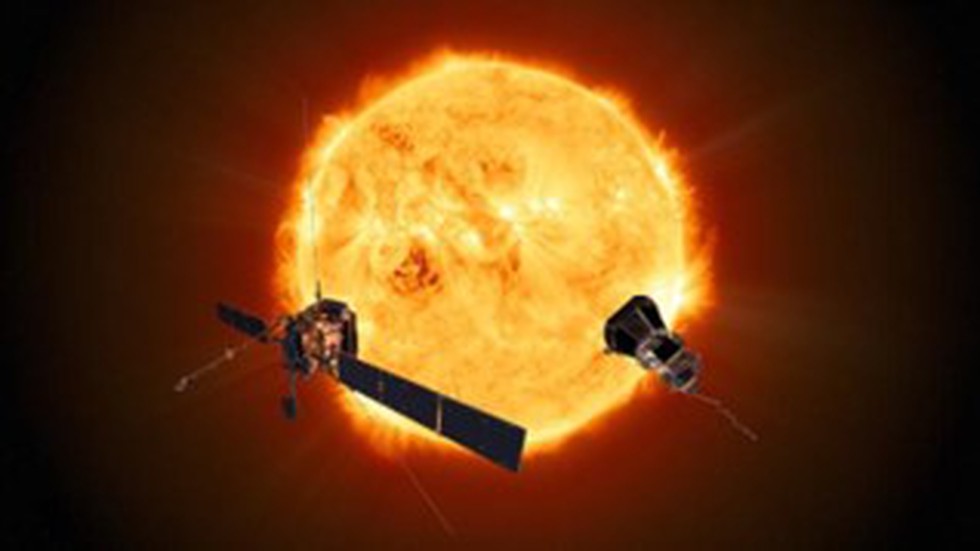About Parker Solar Probe:
- It is a NASA spacecraft designed to study the Sun and its atmosphere.
- It was launched on August 12, 2018, from Cape Canaveral Air Force Station, Florida, and is currently orbiting the Sun in a highly elliptical orbit that takes it closer to the Sun than any previous spacecraft.
- The mission objectives of the Parker Solar Probe are to study the structure and dynamics of the Sun's corona, the Sun's magnetic field, and the solar wind.
- To achieve this, the probe will make a total of 24 close approaches to the Sun over the course of its mission, getting as close as 3.83 million miles from the Sun's surface, which is about 7 times closer than any previous spacecraft.
- In December 2021, the Parker Probe reached the atmosphere of the sun. Since then, it’s been looping around the sun, drawing closer each time, and sending back tons of data about everything it encounters.
- Features:
- Mass: 685 kilograms at launch.
- Scientific Instruments: Fields Experiment (FIELDS), Integrated Science Investigation of the Sun (ISIS), Wide Field Imager for Solar Probe (WISPR), Solar Wind Electrons Alphas and Protons (SWEAP).
- Parker Solar Probe and its instruments are protected from the Sun by a 4.5-inch-thick (11.43 cm) carbon-composite shield, which can withstand temperatures reaching nearly 2,500 degrees Fahrenheit (1,377 Celsius).
